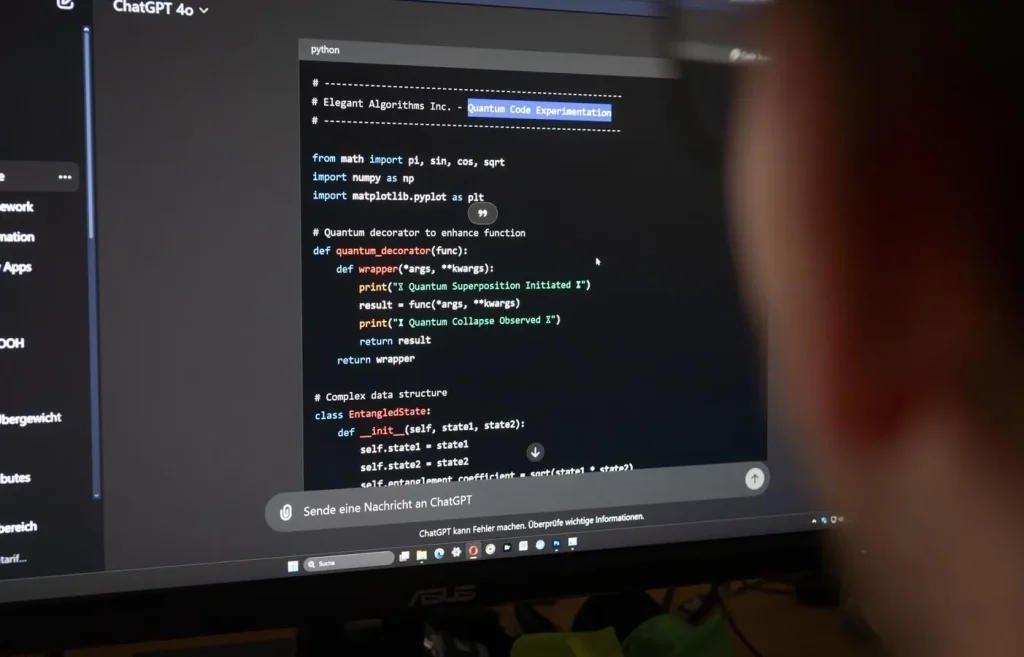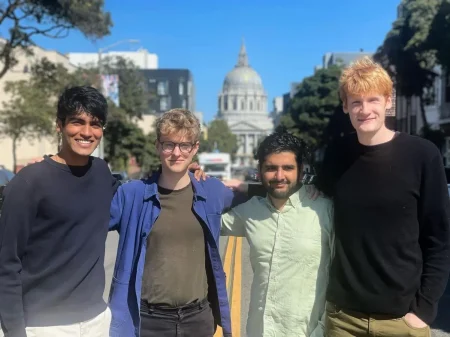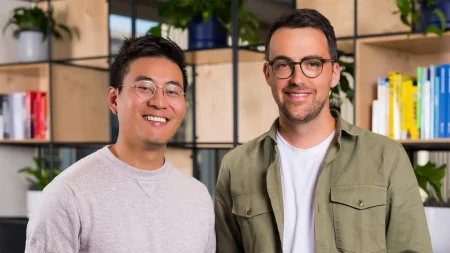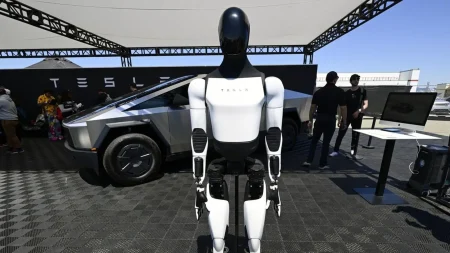A Visionary Approach to Human-AI Collaboration: The Story of Humans&
In a tech landscape dominated by companies racing to build autonomous AI systems, a new startup is taking a refreshingly different path. Eric Zelikman, a former xAI researcher, is making waves by raising an ambitious $1 billion for his new venture called Humans&. With a potential $5 billion valuation on the horizon, this startup isn’t just another AI company—it represents a fundamental rethinking of how artificial intelligence should interact with humanity. According to multiple sources, Humans& aims to train AI models that excel at collaboration rather than replacement, emphasizing the “and” in human-AI partnerships. This vision brings together an impressive founding team including Google veteran Georges Harik and researchers from leading AI labs including Meta, Anthropic, OpenAI, and DeepMind. While Humans& has declined to comment officially, the company’s ambitious fundraising efforts signal a major new player in the AI space with a distinctly humanistic approach.
What sets Humans& apart is its novel training methodology centered on creating AI systems that truly understand and adapt to individual human preferences, goals, and values. Zelikman articulated this philosophy on the No Priors podcast, explaining, “I personally strongly believe that we’re much more likely to solve a lot of these fundamental human problems by building models that are really good at collaborating with large groups of people.” Rather than developing AI that simply performs tasks autonomously, Humans& envisions systems that understand “different people’s goals, different people’s ambitions, different people’s values,” and even human weaknesses. This approach aims to coordinate with diverse groups to enhance everyone’s effectiveness. The company has reportedly told investors that implementing this vision will require even more computational resources than current AI training strategies—a bold claim in an era of already resource-intensive AI development. This places Humans& in rarified company alongside other pre-product AI labs that have secured major funding, such as Mira Murati’s Thinking Machine Labs and Ilya Sutskever’s Safe Superintelligence.
The founding team’s collective expertise spans multiple disciplines and leading AI research organizations. Zelikman himself brings significant credentials, having authored “the first paper to train language models to reason in natural language” while completing his PhD at Stanford—research that influenced breakthrough systems like OpenAI’s “o” series. At xAI, he worked on crucial aspects of model development including pretraining data collection and agent infrastructure. Joining him is Georges Harik, Google’s seventh employee and co-creator of transformative products like AdWords and AdSense, who brings both technical expertise and business acumen. Noah Goodman, Zelikman’s PhD advisor and a Stanford professor of both computer science and psychology, adds interdisciplinary expertise after working on Google’s Gemini model. The team also includes Andi Peng, who brings experience in post-training and behavioral reinforcement learning from Anthropic, and Ray Ramadorai, who worked on system design for Microsoft’s large data centers.
The timing of Humans& emergence is particularly noteworthy as the AI landscape shifts toward specialized applications built atop existing foundation models rather than creating new training paradigms. Most startups today build applications on frontier models like GPT-5, Claude Opus 4.1, and Grok 4 rather than attempting to create entirely new training methodologies, primarily due to the enormous financial and computational resources required. This makes Humans& approach particularly bold and potentially transformative. If successful, the company could establish a new paradigm for AI development focused on empowering rather than replacing human capabilities. However, this ambition comes with skepticism—at least one investor reportedly passed on the round, calling the $1 billion target “too big of a number” for an early-stage company with no product yet in the market.
Beyond the technical and financial aspects, Humans& represents a philosophical stance on AI’s future direction. Zelikman’s statement that “If we invest everything in autonomy and nothing in collaboration, all IQ and no EQ, the future will be a colder place” encapsulates the company’s humanistic approach. This perspective addresses growing concerns about AI systems that optimize for task completion without adequate consideration of human factors, societal impacts, or individual preferences. By training AI to better understand human needs, goals, and values, Humans& aims to create systems that augment human capabilities rather than diminish human agency or employment opportunities. This vision stands in contrast to what the company characterizes as other AI labs’ focus on how well AI can replace humans—a subtle but significant distinction that could reshape how we think about artificial intelligence’s role in society.
The emergence of Humans& comes at a critical juncture in AI development, as the industry grapples with questions about alignment, safety, and the proper relationship between humans and increasingly powerful AI systems. While many leading AI organizations publicly emphasize the importance of human-centered design, their technical approaches and business models often prioritize autonomy and automation. By placing collaboration at the core of both its technical approach and business strategy, Humans& is attempting to chart a different course—one where AI systems are explicitly designed to understand, complement, and enhance human capabilities rather than simply outperform them. If successful, this approach could influence not just how AI systems are built, but how society integrates these powerful technologies into our lives, workplaces, and communities. The billion-dollar question now is whether Humans& can translate this compelling vision into technological reality and sustainable business success in an increasingly competitive AI landscape.















